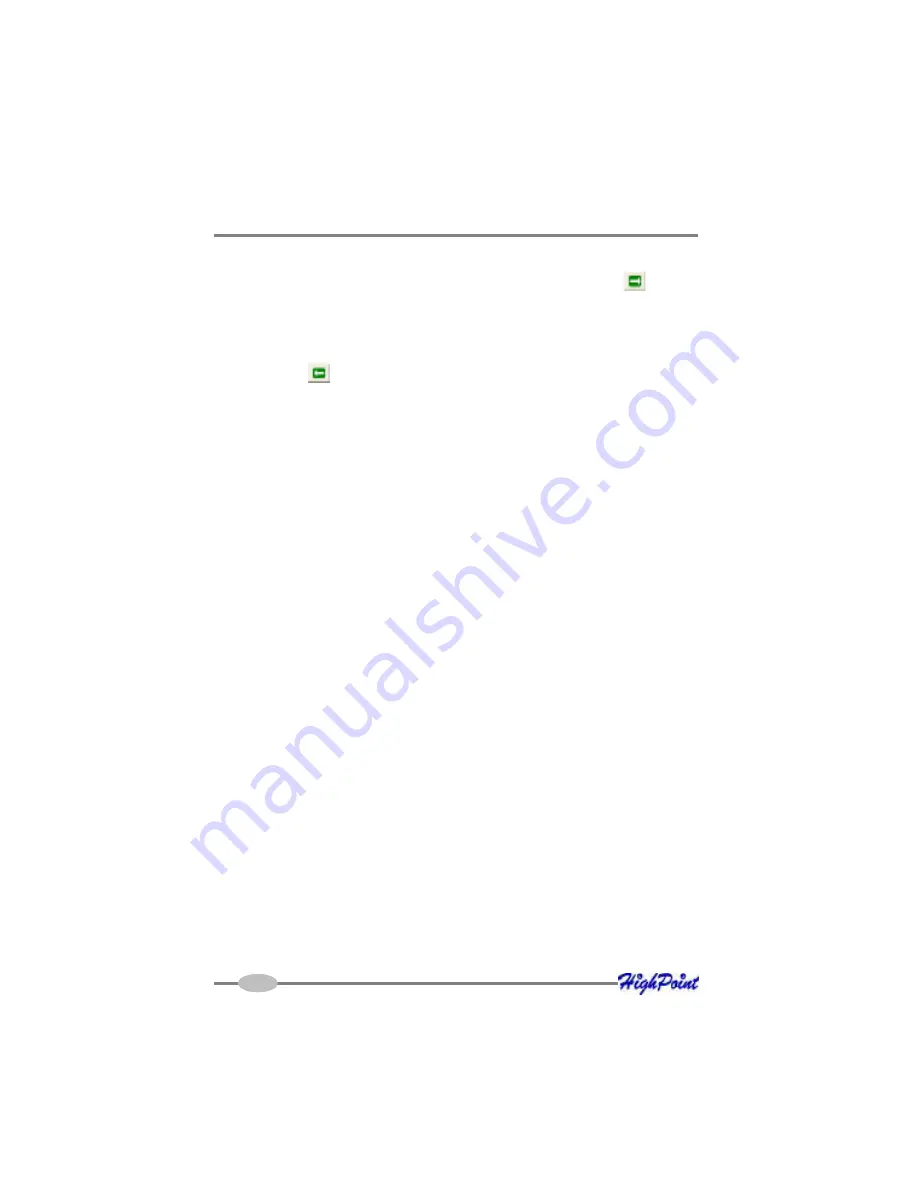
RocketRAID 152x Driver and Software Installation
6.
Select which disks are to be used to create the array. Highlight the desired disk
from the left-side of the interface (available disks), then click on the
button to
move the disk to the right side of the interface (selected disks). Disks must be
selected one a time.
If you wish to remove a selected disk, highlight it from the selected disk section,
and use the
button to move it to the available disk section.
Note: The selection sequence is important - the order in which the disks are
selected will determine the disk sequence of the array.
Note: If you have specified an initialization option, the initialization process will start
automatically. A progress bar will be displayed towards the bottom of the interface
window, and will indicate % completion, and provide an estimate of the time needed
to complete the initialization procedure.
4 - Deleting an Array
To delete an array:
1.
Highlight the “Management” menu, then select the “Array Management”
function.
2.
Highlight the array you want to delete, then click on the “Delete Icon” or select
the Delete command from the “Operation” menu.
3.
A warning message will appear. Click Yes to delete the array. Click on cancel to
stop this procedure.
Note: An array in use by the operating system cannot be deleted. Any data stored on
a deleted array will be inaccessible
5 - Recovering/Verifying Arrays
When an array member (hard disk) of a redundant array fails, the array will be marked
as “broken”. You can rebuild the array by adding a new disk to the host adapter. Once
the disk is attached to the card, use the “Rescan” button (see diagram on section 2).
For more information about adding disks, see section 6, Hot-swap(page 4-9)
1.
Highlight the “Management” menu, and select the “Array Management”
function.
4-8






























